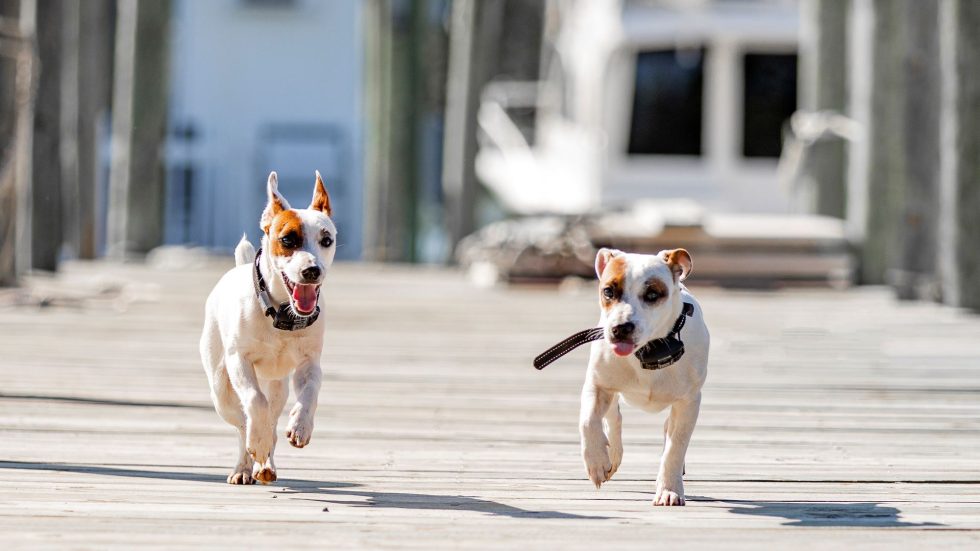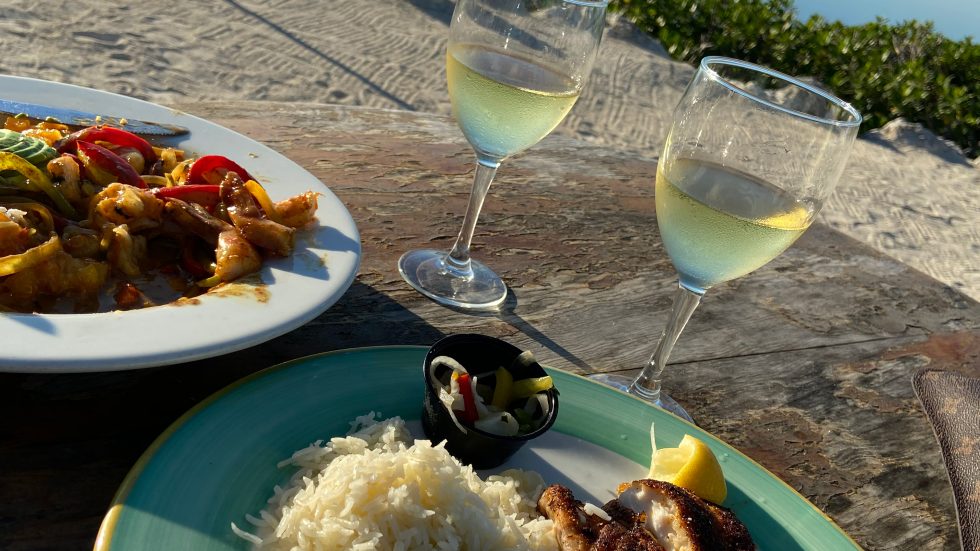The idea of sending or receiving a “message in a bottle” has had a nautical élan for centuries. Theoprahastus, a Greek philosopher, is credited with throwing the first sealed bottles into the water around 310 BC into the Mediterranean. It was reported that he had no responses. In more modern times, the rock band The Police sang about “sending out an SOS,” while Hollywood immortalized the concept in the movie “Message in a Bottle.” In the film, Robin Wright Penn discovers a poetic and heartrending letter in a bottle that sets her off in search of its author, Kevin Costner.
On a much more practical bent, for over two decades oceanographer Curt Ebbesmeyer has been keeping an eye on a different kind of “message in a bottle” — 29,000 rubber ducks, turtles, beavers and frogs that accidentally went overboard in 1992 from a containership in the Pacific. Winds and currents routed thousands of the toys to Alaska, where many washed ashore. Others traveled the Bering Straight and are now frozen in an Arctic icepack. Yet more were discovered, many years later, bobbing off the coast of Maine and Massachusetts. These animals are carrying a romantic message of their own, that of critical scientific data.
In more local waters, Minneapolis attorney Brian Toder has done his own unofficial current research. He spent the summers of his youth on the sea tossing bottles overboard around the world. In 1971, as a recent high school graduate, he tossed the one bottle that would ultimately garner him a response into the Gulf waters off Mobile, Ala. It was found the following November by Pat Bernick while she was walking her dog along the shore of Indialantic, Fla., 30 miles south of Cape Kennedy on the Atlantic coast. Based on his bottle, Toder, now an attorney who worked on the Exxon Valdez case, surmised that some of the BP Deepwater Horizon oil spill could possibly travel over time from the Gulf of Mexico to the Atlantic coast.
On a larger scale, scientists are using everything from special bottles known as “drift bottles” to rubber ducks, dog food, oranges, wood chips, green dye, hula hoops, peat moss, popcorn and rice hulls to predict the track of potential future oil spills in high-risk areas and set up preparedness plans.
One Man’s Trash…
Most bottles, however, have more of a human-interest bent. Chad Pregracke has found so many bottles with messages in them that he made the national news in USA Today. The president of the non-profit cleanup group Living Lands & Waters based in East Moline, Ill., Pregracke and his crew have found an astounding 70+ messages in bottles as they trawl rivers from the Mississippi to the Potomac, removing trash along the way.
The messages have ranged from several fake treasure maps to dollar bills (perhaps a more expensive take on tossing a penny in a fountain for luck?) to the expected love notes. There was even a song complete with sheet music. When he’s had enough information, Pregracke has contacted the bottle tossers, who are normally pretty excited to hear their bottle has been retrieved.
Some bottles contain memorial messages and notes to lost loved ones. Out of respect, Pregracke and his group save all the bottles retrieved. His nephew, Krist Pregracke, was inspired to toss his own bottle into the water. It was later retrieved by an elementary school teacher near Carbondale, Ill.
A bottle containing messages from James Prosser’s family, memorializing Prosser, who had fallen in Afghanistan, traveled an impressive 1,300 miles. It was set adrift in Barbados and floated to Home Island, Miss., a place Prosser’s mother says was fitting, as it was facing it’s own difficult times during the Gulf oil spill clean-up.
In perhaps the shortest bottle journey of all, a Chicago man proposed to his fiancé by tossing a bottle that contained his written proposal into the Lake Michigan surf expecting it to wash back ashore for his girlfriend to find. Ironically, the bottle was caught in a current and taken further out, so he had to repeat the plan the following evening. This time, he didn’t toss the bottle so far into the tide.
As a class project in Lancashire, England, young students tossed bottles into the sea. Alesha Johnson, then 4, tossed her plastic Coca-Cola bottle with all her might, but it landed just a few feet in front of her and everyone assumed it would later wash back into the same shore. How wrong they were. Instead, the bottle and message were recovered at a boatyard in Perth, Australia. This most improbable journey took the missive into the Atlantic, then towards the Southern Hemisphere via the west coast of Africa, then across the wild waters of the Indian Ocean.
Odds on Favorite
What is perhaps the oddest message/bottle combination is that of a PostIt in an aspirin bottle that led Steve Hartman, a CBS News correspondent, from Waikiki Beach in Hawaii to Ona, W.Va. The bottle was cracked from rough treatment in the ocean and contained a battered note that Hartman had to reconstruct. The short letter was written as a memorial from Lorretta Cooper, who was later profiled in a CBS news segment, to her late sister Clara Chapman.
Sending out an S.O.S. can and does occasionally work. Such was the case for a grateful boatload full of teenagers from Ecuador and Peru, who were rescued from their disabled vessel after three days of drifting aimlessly off of Cocos Island, a nature reserve 372 miles off the Costa Rican coast. The simple “Please Help Us” message they tossed overboard was found by a local fisherman who alerted park wardens, who affected the search and rescue.
One notable bottle with a rescue message hasn’t been in the water at all. It is S.O.S. (Save Our Shore) Pilsner by Abita. It’s a “distress signal for the troubled waters of our Gulf Coast.” Seventy-five cents from every bottle goes towards the cause. This is the same company who brought us Restoration Pale Ale, which raised $500,000 for Hurricane Katrina recovery projects.
Then and Now
Messages in bottles reached a peak during the 16th century. In fact, Queen Elizabeth I of England even created the official position of Uncorker of Ocean Bottles. This was mainly because the British fleet sent messages about enemy movement to those ashore in bottles. As a result, there was a hefty fine for a lay person who opened a sea bottle. Spies of that era also used this sea-going method of communication.
Perhaps the most macabre message in a bottle, and one that sounds like it is out of a Stephen King novel but is real, was from a passenger on board the torpedoed Lusitania. The message, which was retrieved much later, reportedly said: “Still on deck with a few people. The last boats have left. We are sinking fast. Some men near me are praying with a priest. The end is near. Maybe this note will….”
The oldest message in a bottle, according to the Guinness World Records, is a note that spent 97 years and 309 days at sea. It was sent by Captain C.H. Brown of the Glasgow School of Navigation back in 1914 as part of scientific research on currents. It was pulled up in a fish net by Andrew Leaper aboard the Scottish vessel Copious. On a too-strange-to-be-made-up note, this is the same boat that discovered the prior record-holding bottle originally launched in 1917.
The fervor for drama associated with a message in a bottle hasn’t waned. The Internet contains a variety of websites on how to properly address, package and toss a bottle to increase your chances of a return message, and it’s estimated that thousands of bottles are tossed into rivers, waterways and oceans each year. At www.conwasa.demon.co.uk/gis.htm, users can write a message that’s put into a “virtual bottle” and cast adrift on the Internet Sea, where it will be found by another user anywhere from a week to six months later.
Happy bottle-hunting!




